Market Commentary | June 2020
THE MARKET
It was a very strong quarter for the equity markets as the S&P 500 rose almost 20%. The index ended the month up 1.84% and is now down just over 4% on the year.
The Dow Jones Industrial Average (DJIA) finished the month up 1.69%. It finished the second quarter up 17.77% and is now down 9.55% on the year. The NASDAQ composite performed the best of the three indexes as it was up 5.99% for the month of June, was up an astounding 30.63% in the second quarter, and is now up 12.11% on the year.1 The tech-heavy NASDAQ is enjoying its best first half of the year since 1983 relative to the other two indexes while the gap between the S&P 500 and the DJIA is its widest since 2002.2 Much of this can be attributed to just a handful of stocks like Apple, Microsoft, Amazon, Google, and Facebook as only two of these companies are in the price weighted DJIA. The same five companies represent 20% of the S&P 500 and an even larger percentage of the NASDAQ as both indexes are market cap weighted.3
According to David Lebovitz of J.P. Morgan5 , much of the positive quarter for the equity markets can be attributed to three things: a slowdown in coronavirus cases, fiscal and monetary policy help, and the general consensus that company earnings will withstand the virus and come out on the other side in 2021 closer to pre-virus levels. The sharp initial market drop due to the virus followed by the policy driven market recovery has started to show the V-shape recovery that some predicted for the equity markets. The S&P 500 suffered a swift 34% fall in February and March, followed by a 40% recovery over the next 3 months, faster than the prior four bear markets, including the 39% rebound that occurred in a three month period after the 2008 financial crisis.6
THE ECONOMY AND THE VIRUS
While the V-shaped market recovery is a welcome sign, the economic recovery is starting to take a shape more resembling the swoosh of a Nike logo. Between February and April, the United States lost over 20 million jobs7 and real GDP fell by 5% annualized in the first quarter.8 Some analysts then predicted a 50% drop in U.S. real GDP in the second quarter.9 The beginning of the shape was sharp and easy to identify. Then, as the economy slowly began to reopen, unemployment started to fall, and GDP estimates slowly started to get better. Unemployment peaked at 14.7% in April, then fell to 13.3% in May, and then 11.1% in June.10 Second quarter U.S. real GDP estimates have now gone from negative 50% to just over negative 35%.11 Real signs that a recovery has started. However, the improvement in these numbers is largely attributed to the economy reopening because of a slowdown in coronavirus cases.
The coronavirus is likely to tell the tale of the third quarter just as it did the previous one. After initial lockdown measures began in March and many Americans began to quarantine, we started to see a significant slowdown in cases. The idea was to flatten the curve and by all accounts, it was achieved. Many areas started to reopen in May with the vast majority at least partially open by Memorial Day Weekend at the end of the month. This slight reopening led to positive signs for the economy, but as more Americans threw caution to the wind regarding social distancing measures and other safety protocols, cases began to rise in June, and fatalities increased shortly after.
Dr. Anthony Fauci has stated that we could get as high as 100,000 new cases a day.13 The good news is that the fatality rate appears to be falling possibly due to better treatments, but cases and fatality numbers likely will continue to ebb and flow until there is a vaccine. Most people still believe that a widely distributable vaccine will be available some time in 2021, but until then, the virus will affect everything that is going on in the United States.14
The left side of the V-shaped recovery was easy to see and the right side started to form. The virus had other ideas in mind and put a stall in the right side of the recovery elongating the shape into the previously mentioned Nike swoosh logo. We will eventually get to a post-virus economy, but it will take time. We anticipate that the right side of the recovery will continue as GDP steadily rises back to pre-virus levels and unemployment steadily falls. The country will likely still feel in a recession until unemployment drops below double digits. This may not occur until 2021 as the service industry continues to operate under capacity and many other Americans that have been furloughed will realize their unemployment and begin looking for work. U.S. real GDP is predicted to be up 25% in the third quarter which is a significant gain.15 But when you compare that with the over 40% drop that occurred in the first half of the year, it doesn’t look as significant. We believe GDP is likely to rise steadily at a much lower rate each quarter moving forward through most of 2021 before we get back to pre-virus levels. Think of it like a bouncing ball. The first bounce is extraordinary, but when you realize where you dropped it from, it doesn’t seem all that high. Each subsequent bounce is likely to be smaller and smaller, but eventually all of the bounces added up will equal the distance of the first drop.
The virus did a good job dictating the initial drop while fiscal and monetary policy helped trigger the first bounce. Regarding fiscal policy, four packages have been passed with a fifth one likely to come later in the third quarter.17 There are questions surrounding the extra $600 a week in unemployment benefits. That could possibly get lowered or eliminated entirely. State and local governments will need funding, and more payroll tax cuts could benefit businesses. We may even see more stimulus checks issued.
The country’s deficit will continue to increase with another package, and it is possible that we see a sixth package postelection later in the year. The Federal Reserve did their job regarding monetary policy and brought the rates down to a target of 0.00 – 0.25%. The Fed continues to be dovish and will likely keep rates the same for the foreseeable future as they stand ready and willing to help keep the economy afloat while we continue to battle the virus.19
As Dr. David Kelly of J.P Morgan stated, the virus will be like that of a rolling wave.20 Cases will go up, people will stay inside, and the economy will be hindered. When cases begin fall, the public will head back outside, and the economy will receive a boost. This wave will continue until there is a vaccine, but because we’ve adapted to this social distancing economy, we will enable GDP to steadily grow as we work towards a post-virus world.
BREXIT
On June 12th, the government of the United Kingdom announced that they will not be seeking an extension by the June 30th deadline. This extension would extend the Brexit transitionary period between the United Kingdom and the European Union which is set to end on December 31st, 2020. The two sides hope to end a Brexit deadlock regarding a trade deal and will begin meeting weekly from June 29th through the end of July. Their previous discussions only occurred every three weeks. If a trade deal between the two parties is not agreed upon by the end of 2020, future trade will be conducted under the World Trade Organization’s rules.21 This is a broader set of rules that is likely less favorable to both countries and could cause trade disruptions and an increase in trade costs. The goal for a trade deal to be reached is as soon as possible, but many believe that crunch time will occur in September.
CHINA
Tensions over the coronavirus pandemic combined with a global recession placed strain on the relationship between the United States and China that was only increased by the issues that arose regarding Hong Kong last month. The Phase One trade deal that was signed in January has been put on hold. Recently the U.S. Chamber of Commerce and many trade associations have urged officials from the two countries to honor and implement the Phase One deal. Implementing Phase One will allow the countries to work towards Phase Two which will focus on issues such as subsidies, cybersecurity, and digital trade.22 However, with the U.S. Presidential Election looming, an agreement is not likely to be made soon.
MARKET OUTLOOK
As we previously mentioned, much of the second quarter market rally can be attributed to three things, but each one of those are going to be tested as we enter the second half of the year. As shown in a previous graph, the slowdown in coronavirus cases seems to be no more. The rolling wave of cases is likely to affect the ebbs and flows of the equity markets. Fiscal policy has another hurdle to pass in the second half of the year as a fifth and possibly sixth stimulus package may need to be agreed upon, and the upcoming earnings season may cause a stir in equity markets. As of now, investors have seemingly looked passed this year and towards 2021 in terms of company earnings possibly hoping that the second half of 2021 looks more like pre-virus levels. This upcoming earnings season will likely have some very poor numbers that may or may not shock investors. These issues will likely cause a volatile month and quarter.
Economic and market fundamentals also do not warrant current price levels. Monetary and fiscal policy were able to trigger the market recovery and keep it afloat as we were able to avoid an illiquidity scare. But at some point, either the fundamentals have to catch up to equity prices or the market has to pull back. This is another area of uncertainty. If fundamentals catch up, then we are smart to hold onto equities. If the market pulls back, then potentially one could be better off with a larger allocation to fixed income. Combining all of the above-mentioned issues with the upcoming U.S. Presidential Election and we are looking at a volatile equity market for the remainder of 2021.
It is wise to maintain a disciplined investment approach with a well-diversified portfolio. One with exposure to both equities and fixed income. One with exposure to sectors of the equity market such as technology, utilities, and healthcare as they have held up nicely so far this year, but also with exposure to financials in order to participate in more of the recovery. Exposure to both growth and value is important as there is uncertainty around future inflation. Volatility and uncertainty lie ahead, so be prepared for the ebbs and flows of the market. As always, maintain a disciplined investment approach based on risk tolerance. Remember, it is not about timing the market, but it is about time in the market.
1 https://www.investing.com/indices/
3 https://www.cnn.com/2020/02/10/investing/sp-500-tech-stocks/index.html
6 https://www-1012.aig.com/pdf/market-perspective/market-perspective.pdf
7 https://www.cnbc.com/2020/05/08/jobs-report-april-2020.html
8 https://www.cfo.com/the-economy/2020/05/u-s-gdp-contracts-5-in-q1-as-corporate-consumer-spending-plunge/
10 https://fortune.com/2020/07/02/unemployment-jobless-rate-june-coronavirus-pandemic-reopening-jobs/
11 https://www.frbatlanta.org/cqer/research/gdpnow
14 https://www.cnn.com/2020/06/03/health/fauci-coronavirus-vaccine-2021/index.html
16 https://physics.stackexchange.com/questions/256468/model-formula-for-bouncing-ball
18 Source: CBO, J.P. Morgan Asset Management. JPMAM estimates include costs of CPRSA, FFCR, CARES and PPPHCE Acts, signed into law on March 6, 18 and 27 and April 24 as estimated by CBO. Charts on right add impacts of these acts, interest cost of additional debt, an assumed extra $1 trillion in further acts in 2020 and 2021 and recession impacts on revenues, spending and GDP. Congressional Budget Office (CBO) March 2020 Baseline Budget Forecast. Note: Years shown are fiscal years (Oct. 1 through Sep. 30). Guide to the Markets – U.S. Data are as of June 30, 2020.
19 https://www.marketwatch.com/story/stocks-turn-positive-as-fed-stays-dovish-2020-06-10
21 https://www.ft.com/content/fa647608-53b4-40ba-9443-6df25f6418f8
21
Returns are based on the S&P 500 Total Return Index, an unmanaged, capitalization-weighted index that measures the performance of 500 large capitalization domestic stocks representing all major industries. Indices do not include fees or operating expenses and are not available for actual investment. The hypothetical performance calculations are shown for illustrative purposes only and are not meant to be representative of actual results while investing over the time periods shown. The hypothetical performance calculations for the respective strategies are shown gross of fees. If fees were included returns would be lower. Hypothetical performance returns reflect the reinvestment of all dividends. The hypothetical performance results have certain inherent limitations. Unlike an actual performance record, they do not reflect actual trading, liquidity constraints, fees and other costs. Also, since the trades have not actually been executed, the results may have under- or overcompensated for the impact of certain market factors such as lack of liquidity. Simulated trading programs in general are also subject to the fact that they are designed with the benefit of hindsight. Returns will fluctuate and an investment upon redemption may be worth more or less than its original value. Past performance is not indicative of future returns. An individual cannot invest directly in an index.
This material has been prepared for information and educational purposes and should not be construed as a solicitation for the purchase or sell of any investment. The content is developed from sources believed to be reliable. This information is not intended to be investment, legal or tax advice. Investing involves risk, including the loss of principal. No investment strategy can guarantee a profit or protect against loss in a period of declining values. Investment advisory services offered by duly registered individuals on behalf of ChangePath, LLC a Registered Investment Adviser.
Source (4)
Source (6)
Source (12)
Source (18)
"On June 12th, the government of the United Kingdom announced that they will not be seeking an extension by the June 30th deadline."
"The phase one trade deal that was signed in January has been put on hold."
"If fundamentals catch up, then we are smart to hold onto equities. If the market pulls back, then potentially one could be better off with a larger allocation to fixed income. "

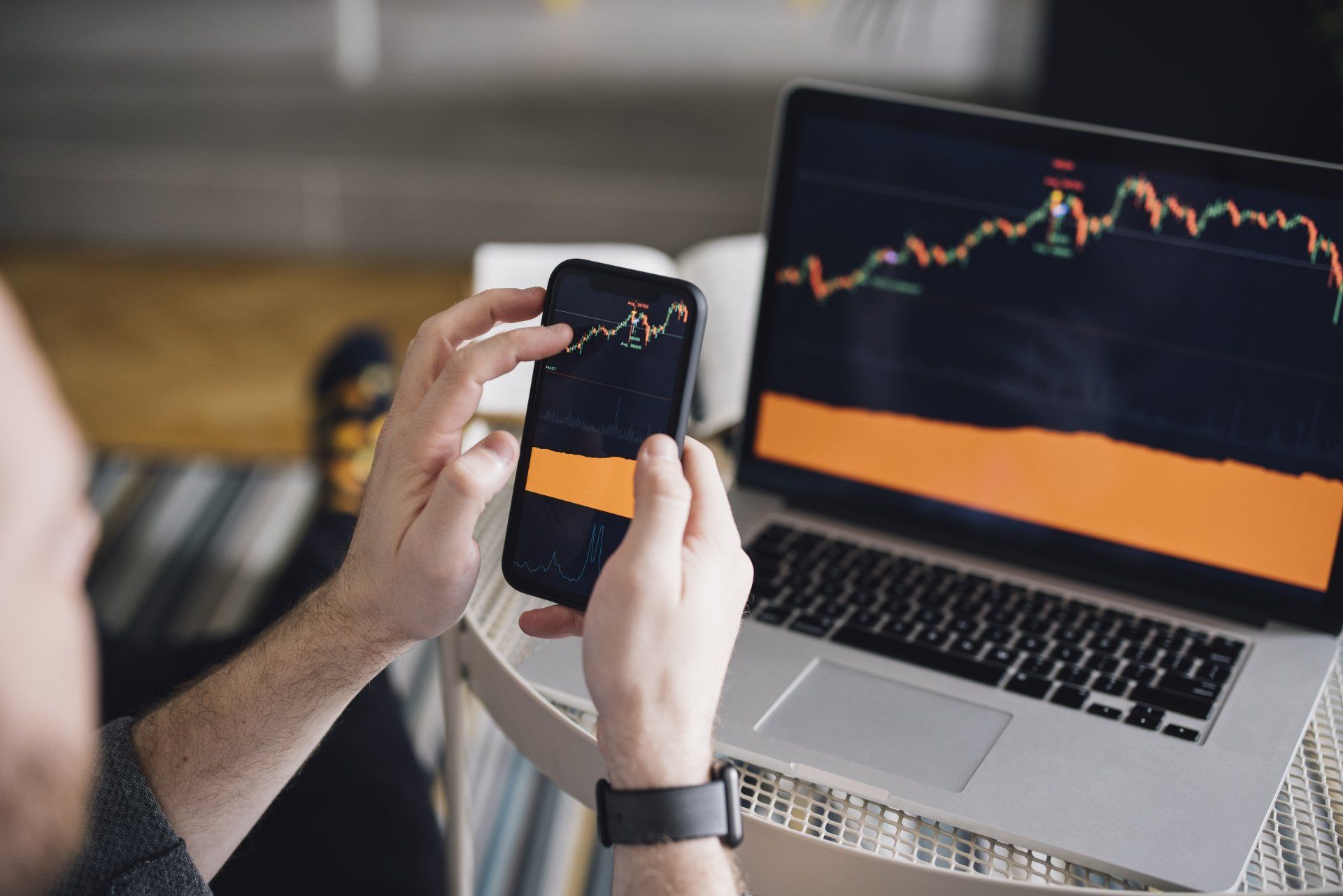
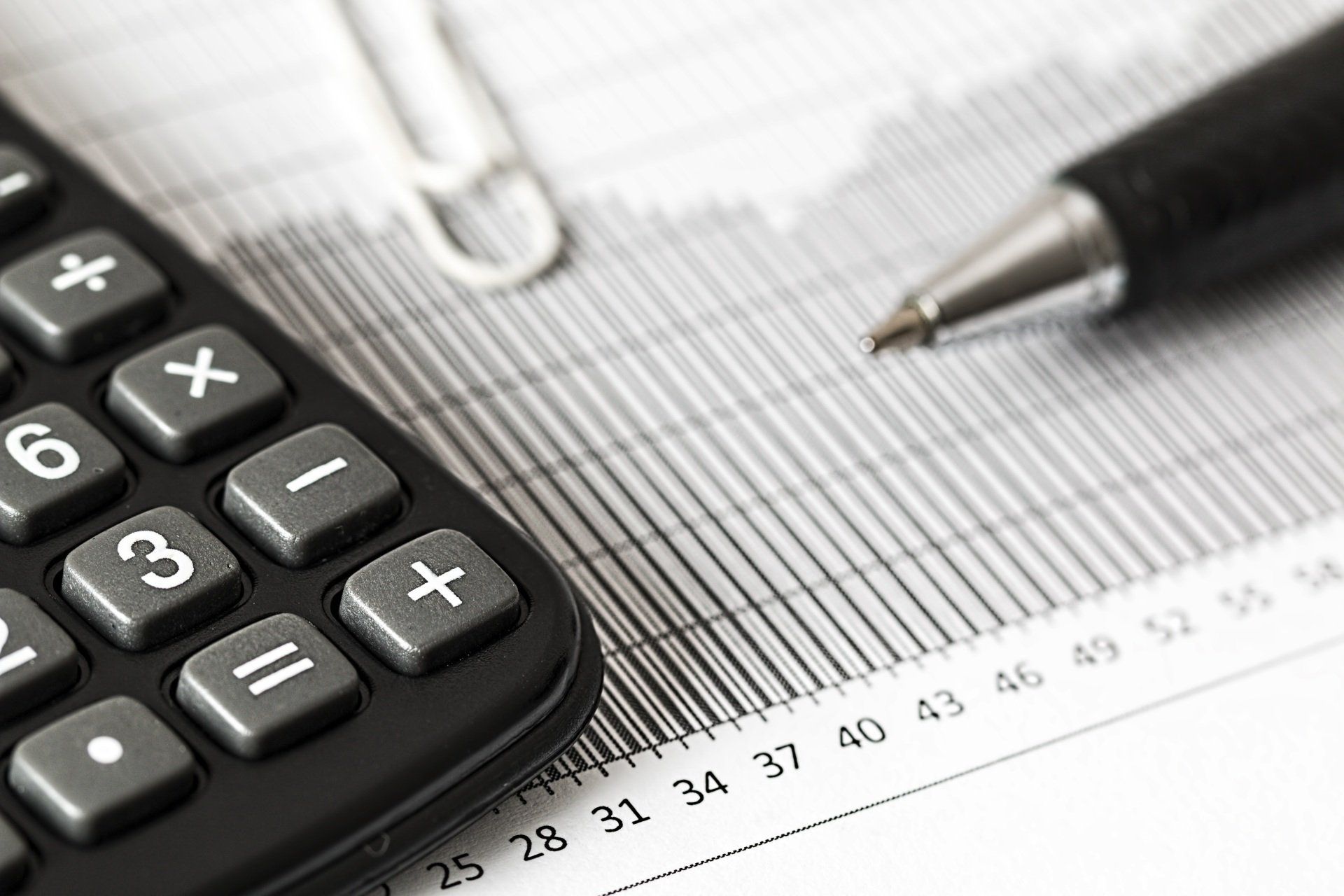
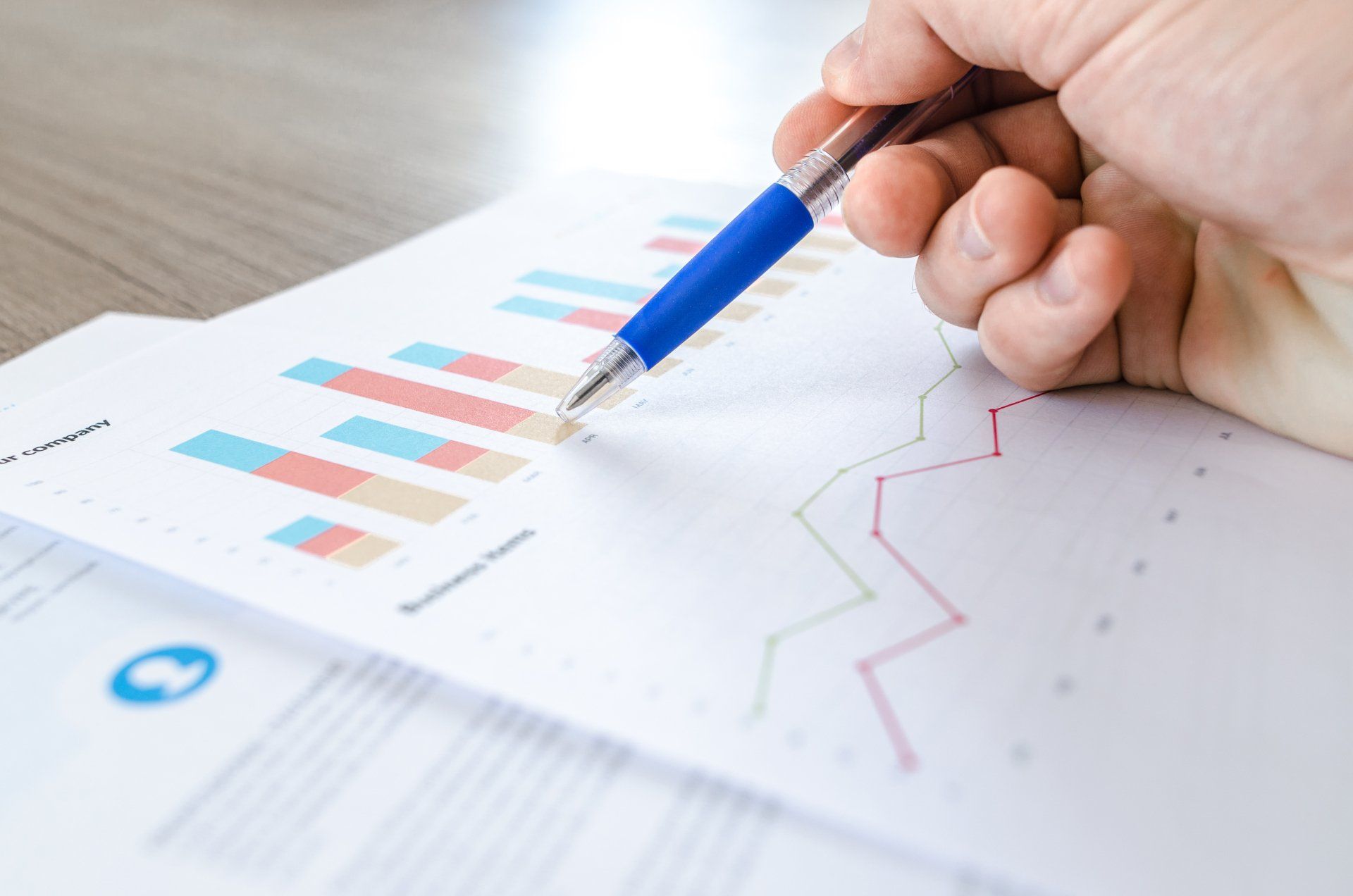
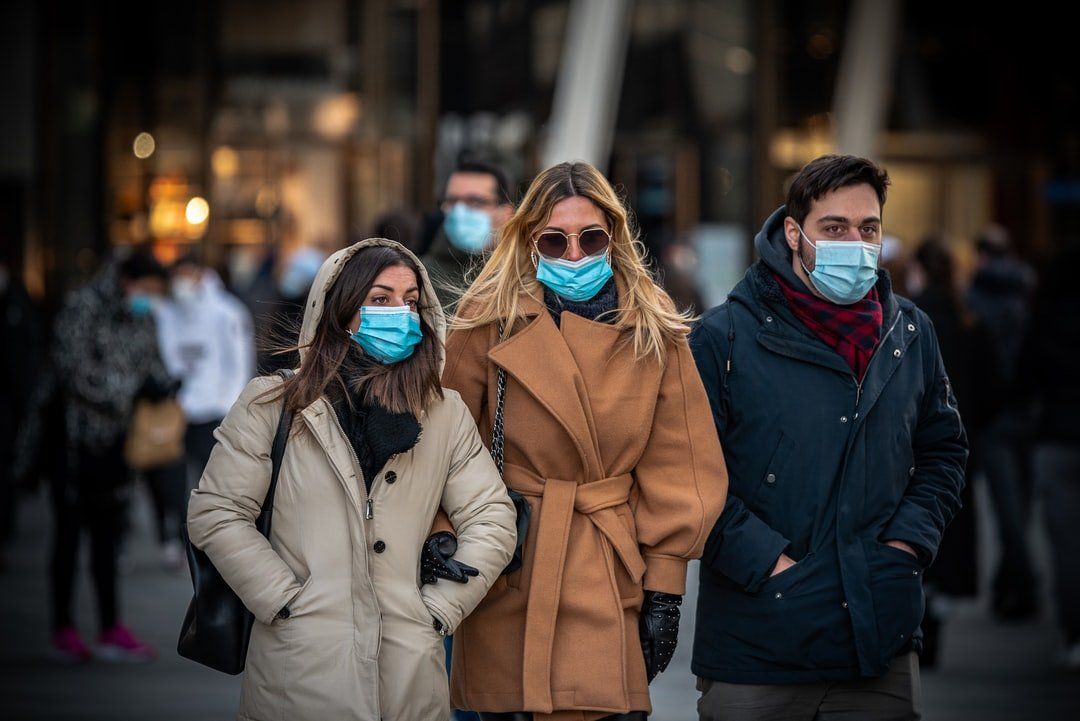

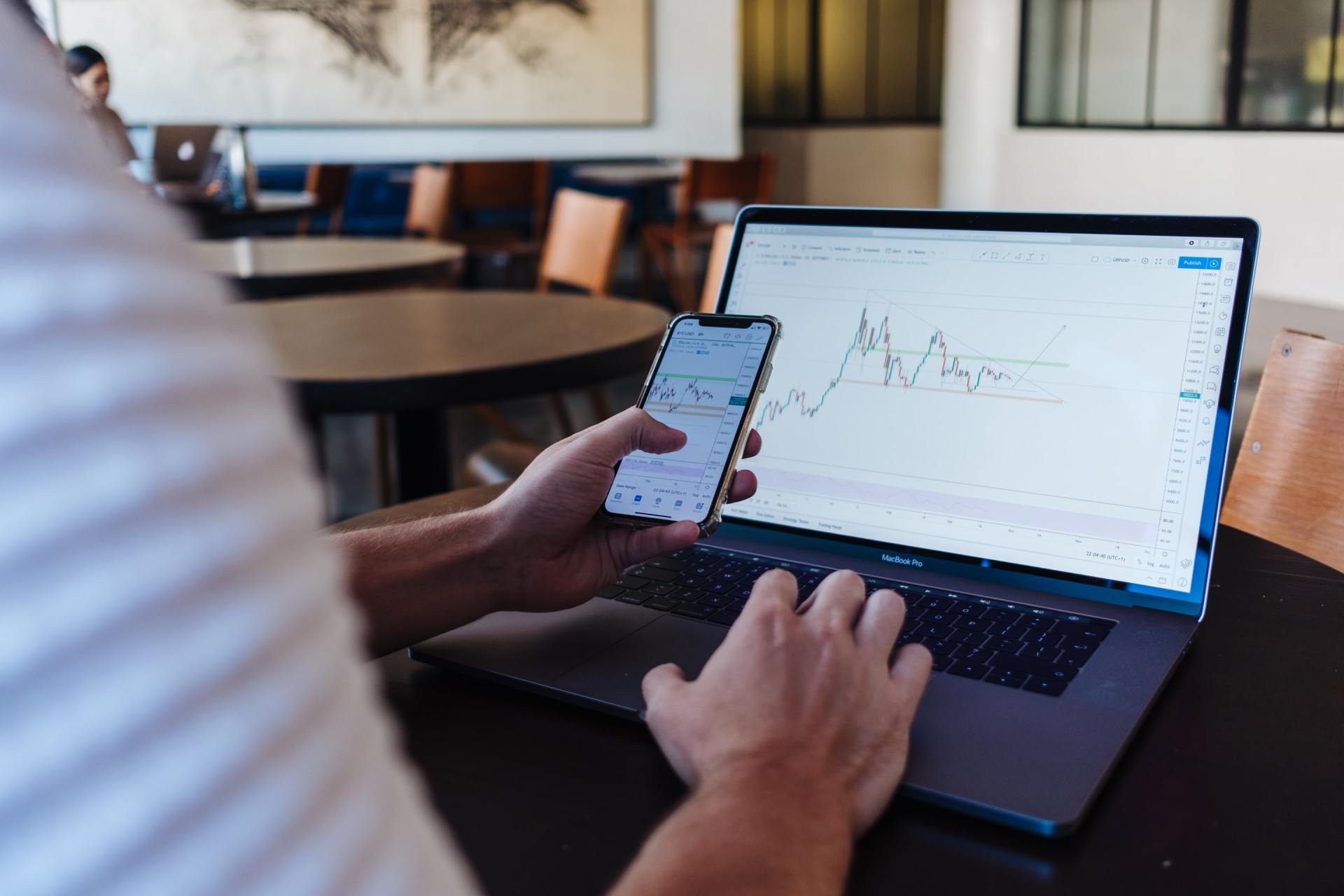

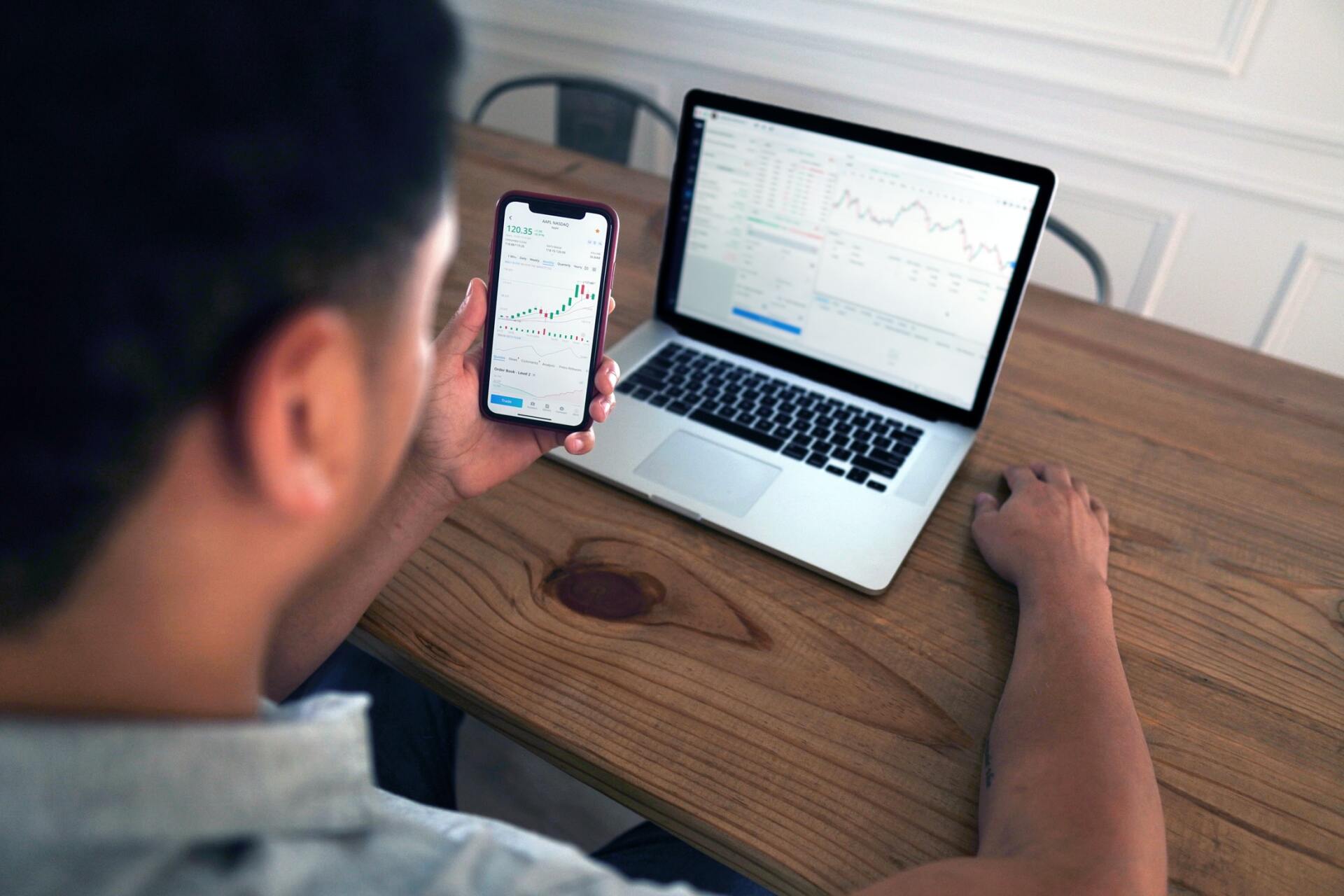
P:
888.798.2360 F:
913.661.1183
6330 Sprint Pkwy Suite 400, Overland Park, KS 66211
Disclosure: Continuity planning offered through CreativeOne Wealth, LLC and CreativeOne Securities, LLC. CreativeOne Wealth, LLC. advisory services offered through CreativeOne Wealth, LLC, a Registered Investment Adviser. CreativeOne Securities, LLC. Member FINRA/SIPC and an Investment Advisor.
Privacy Policy | ADV Part 2A | Form CRS
© 2023 Creative One Marketing Corporation, CreativeOne Wealth, LLC and CreativeOne Securities, LLC.






